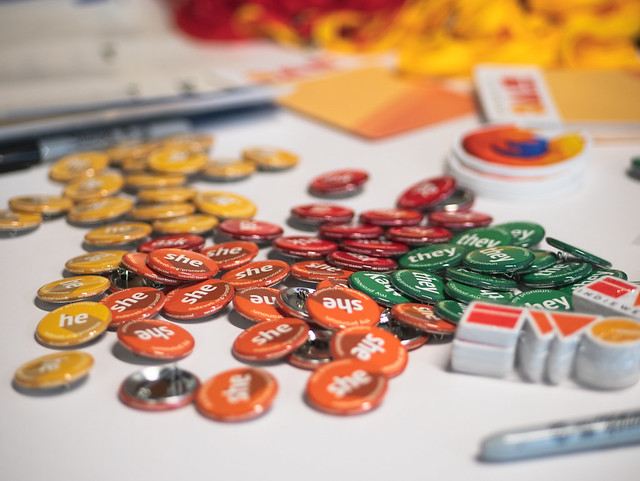Build Your First Website
A Guide to Getting Started with HTML
This tutorial uses this starter project.
Here is my living example:Greg McVerry that will constantly change. Your website is the rough draft of your life. It is never done.
Module One: Build A Website

"IndieWebCamp Berlin | Organizers' Meetup" flickr photo by tollwerk shared under a Creative Commons (BY-NC-SA) license
In this module you will create an amazing website to document your journey. As you remix the project and follow along examples you will learn the basics of HTML and CSS

In this module you will create an amazing website to document your journey. As you remix the project and follow along examples you will learn the basics of HTML and CSS
Lesson One: Images, Headings, Links and Text
Learn the basics of HTML and CSS
Lesson Two: Adding Pages and Photos
Add Pages and Photos to Make a Website
Lesson Three: Building Navigation
Add a menu and footer to your pages
Lesson Four: Claim Your Name
Add important data about you and your content
Lesson Five: Fonts
Playing with Fonts, Colors, and Sizes
Module Two: Build a Blog

"IndieWeb Summit 2019 | flickr photo by aparecki shared under a Creative Commons (BY) license
In this module you will use HTML to make a blog and begin to tell your story. You can never know how truth is shaoed online until you shape your own.

In this module you will use HTML to make a blog and begin to tell your story. You can never know how truth is shaoed online until you shape your own.